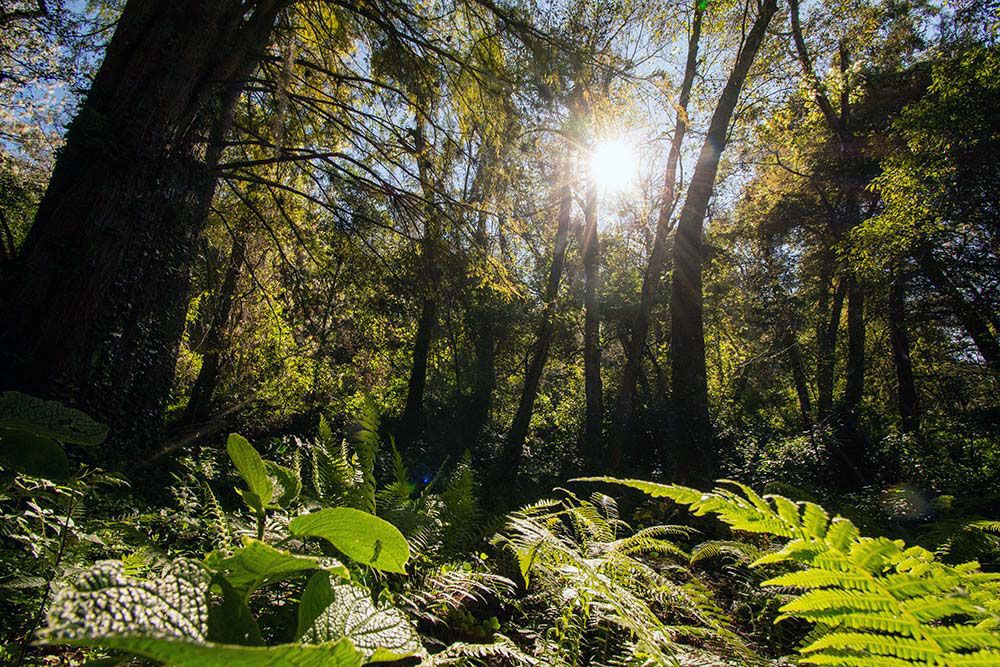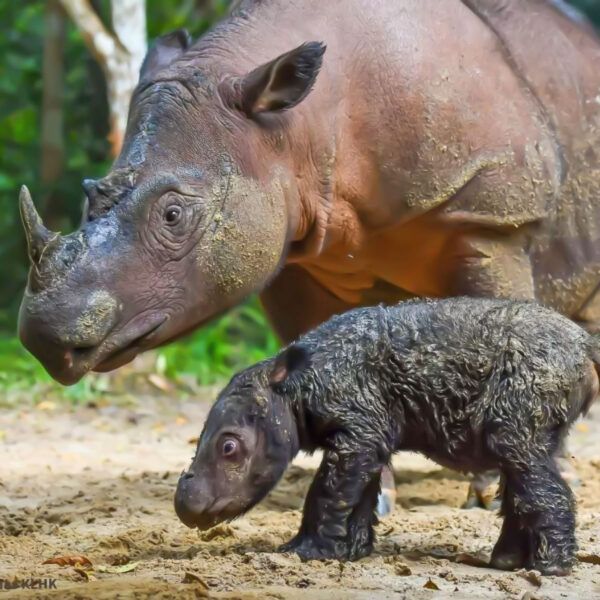Our Mission to Protect the World’s Forests
We are working in 60+ countries to build sustainable, rural economies—a proven strategy to keep our forests standing.
Home / Issues / Forests & Biodiversity / Page 13
Forests are critical to every living thing on Earth. Not only do they give us clean air, shelter, and rain, they house 80 percent of the world’s terrestrial biodiversity. Alarmingly, humans have destroyed half of the world’s tropical forests and driven extinction rates up thousands of times higher than what is natural.

Forests are a powerful natural climate solution. As trees grow, they absorb and store carbon emissions, while releasing oxygen into the atmosphere. Conserving forests could cut an estimated 7 billion metric tons of carbon dioxide each year—the equivalent of getting rid of every car on the planet.
![]()
in the forest concessions of the Maya Biosphere Reserve, Guatemala*
In Guatemala’s Maya Biosphere Reserve, twelve community forestry concessions safeguard around 417,269 hectares of the largest and most important tropical forest north of the Amazon. These community-run concessions boast a near-zero deforestation rate—a remarkable feat given that adjacent areas suffer some of the highest deforestation rates in the Americas.
*Community forestry concessions in Guatemala’s Maya Biosphere Reserve have demonstrated a near-zero deforestation rate, since data collection began in 2000. Data accurate as of December 2019.
![]()
From 2020 through 2021, farmers we work with in the buffer zone of Indonesia’s Bukit Barisan Selatan National Park planted 45,000 trees in the area directly bordering the park. In addition, we identified 80 farms that sit in a wildlife corridor used by the critically endangered Sumatran elephant. We supported these farmers in planting species that suit the elephants’ diet.
*Data accurate as of December 2022
Together with forest and farming communities, Indigenous leaders, companies, governments, and global citizens, the Rainforest Alliance works in 58 countries to promote more sustainable land management practices while cultivating thriving rural economies—the most widely proven strategy to restore biodiversity and keep our tropical forests standing.

We are working in 60+ countries to build sustainable, rural economies—a proven strategy to keep our forests standing.

Indigenous peoples and local communities have an unsurpassed connection to the Earth's forests.

The forest concessions of the Maya Biosphere Reserve have boasted a near-zero deforestation rate for 20 years.

We're training coffee farmers in the Bukit Barisan Selatan National Park buffer zone to help them conserve biodiversity and improve their livelihoods.

The Rainforest Alliance believes that agroforestry systems provide a holistic approach, simultaneously conserving biodiversity, improving livelihoods, and increasing the resilience of agriculture to climate-change impacts.

Global leaders who have pledged to halt deforestation by 2030 must move quickly to strengthen forest protection laws, line up funding, and include Indigenous people in conservation efforts to have the best chance of success.

Working across Latin America’s most significant natural landscapes—from the South American Amazon rainforest to the Mayan jungle which extends through Guatemala, Mexico, and Belize—the Rainforest Alliance has a permanent presence in Latin America, with a growing technical and administrative team that includes more than 150 staff members based in the region. Learn more about how […]

Daniel Katz, board chair at Rainforest Alliance, explains about the trends and obstacles in the conservation sector and the importance of collaboration.

Santiago Gowland, Chief Executive Officer at Rainforest Alliance, describes why nature-based solutions are so important, what is needed to scale them up, and how can policymakers make the most of them.

Sitting in the heart of the Congo Basin, the 36,000 square kilometer Salonga National Park (SNP) is the largest protected area of dense rainforest on the African continent.... Continue Reading